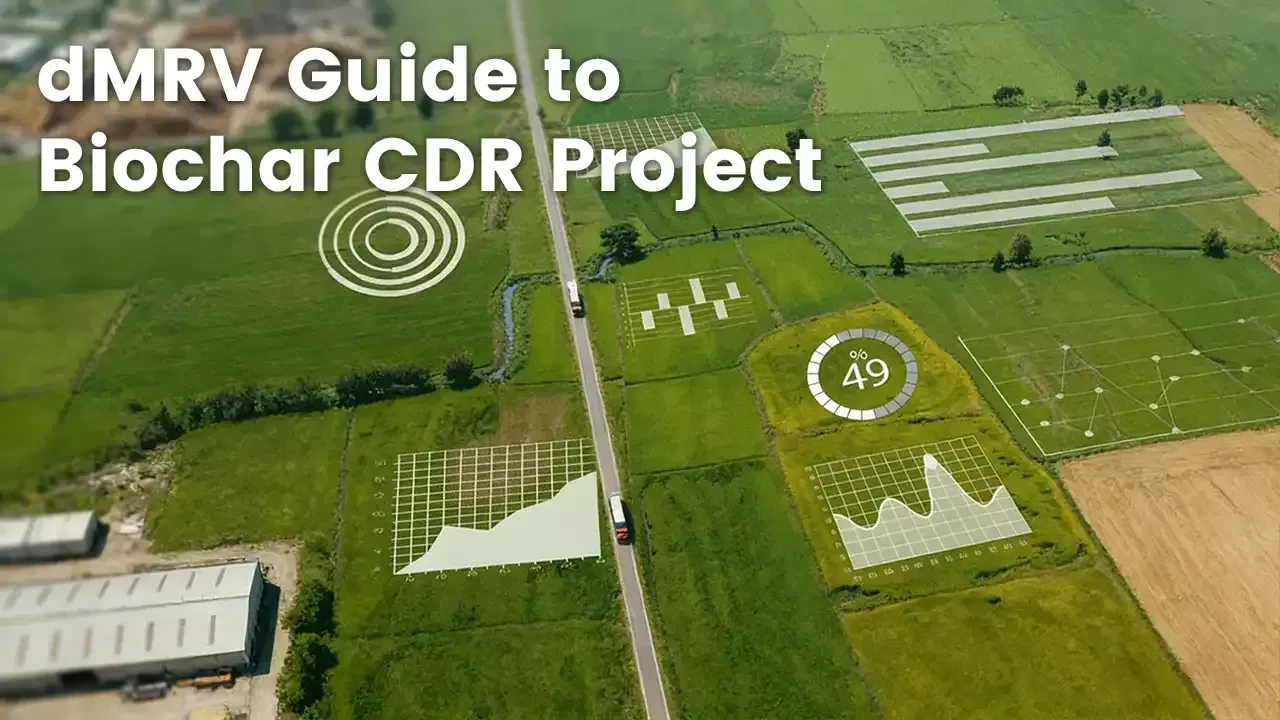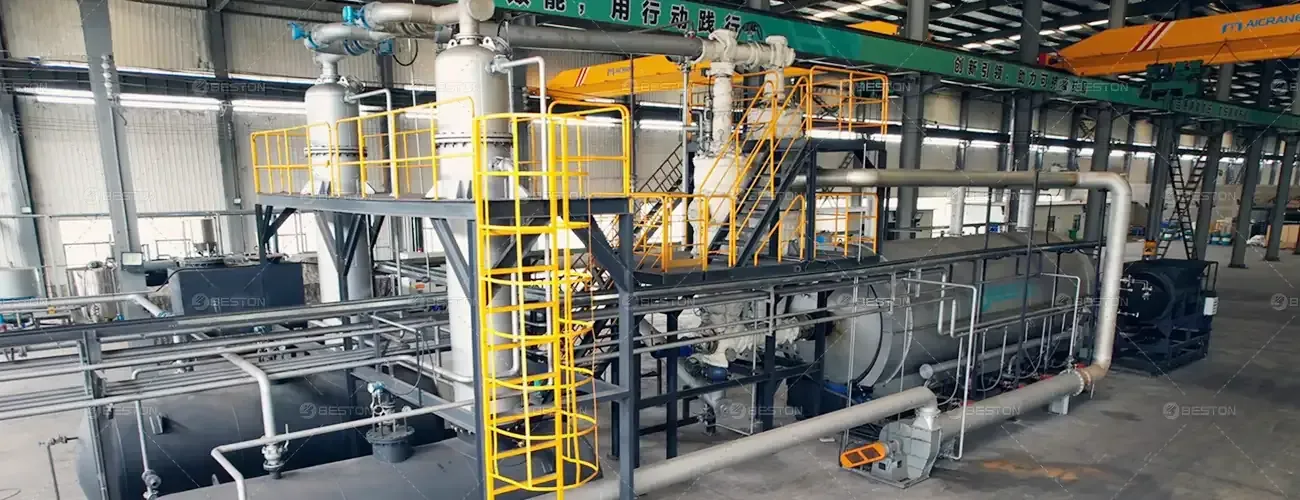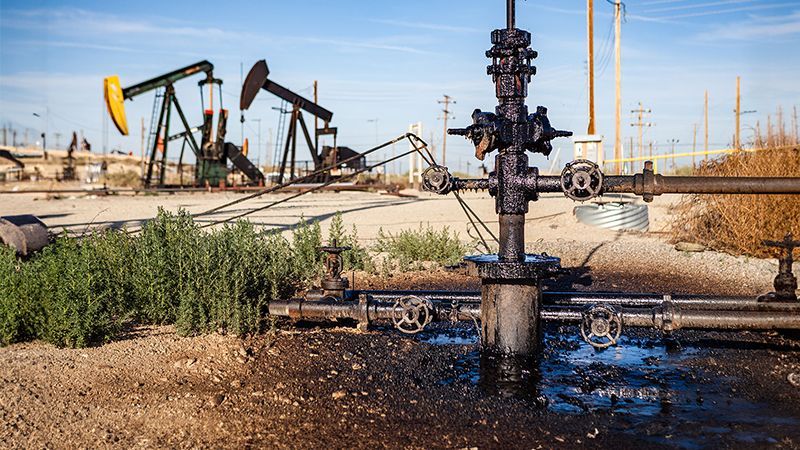How Tire Recycling Centers Can Increase Profits
Tire recycling centers play a crucial role in managing the environmental impact of discarded tires. With millions of tires reaching the end of their life annually, recycling centers face both challenges and opportunities. By leveraging advanced technologies and optimizing operations, these centers can significantly enhance their profitability. This article explores various strategies that tire recycling centers can implement to boost their profits, with a particular focus on the utilization of tyre pyrolysis plants.
Understanding the Tire Recycling Landscape
Tire recycling involves the conversion of used tires into reusable materials. The process not only mitigates environmental hazards but also creates economic opportunities. Recycled materials such as crumb rubber, reclaimed steel, and oil derivatives can be sold to various industries, generating revenue streams for recycling centers.
Current Challenges
Tire recycling centers face several challenges that can hinder profitability. These include high operational costs, fluctuating market demand for recycled products, and stringent environmental regulations. Additionally, inefficient processing techniques can lead to lower yields and higher waste generation.
Strategies to Enhance Profitability
1. Investing in Advanced Technologies
Advanced recycling technologies can significantly improve the efficiency and profitability of tire recycling centers. One such technology is the tyre pyrolysis plant. Pyrolysis is a thermochemical process that decomposes organic materials in the absence of oxygen, producing valuable by-products such as pyrolysis oil, carbon black, and steel wire.
Benefits of Tyre Pyrolysis Plants
- Higher Yield: Tyre pyrolysis plants can convert up to 50% of the weight of tires into pyrolysis oil, which can be sold as industrial fuel or further refined into diesel.
- Resource Recovery: The process also recovers carbon black and steel wire, which can be marketed to various industries.
- Environmental Compliance: Pyrolysis reduces the environmental impact of tire waste by minimizing landfill usage and lowering greenhouse gas emissions.
2. Diversifying Revenue Streams
Diversification is a key strategy for increasing profitability. By producing a variety of end-products from recycled tires, centers can mitigate the risk associated with market fluctuations and maximize revenue.
Product Diversification
- Crumb Rubber: Used in asphalt for road construction, sports surfaces, and playgrounds.
- Reclaimed Steel: Sold to steel mills for recycling into new steel products.
- Pyrolysis Oil: Utilized as an industrial fuel or refined into higher-value products like diesel and gasoline.
- Carbon Black: Used as a reinforcing agent in rubber products, pigments in inks and coatings, and as a filler in plastics.
3. Enhancing Operational Efficiency
Improving operational efficiency can lead to cost reductions and higher output. This involves optimizing processes, upgrading equipment, and implementing best practices in waste management.
Process Optimization
- Lean Manufacturing: Implement lean manufacturing principles to minimize waste and enhance productivity.
- Automation: Invest in automation technologies to streamline operations and reduce labor costs.
- Maintenance: Regular maintenance of equipment to prevent downtime and extend the lifespan of machinery.
4. Leveraging Government Incentives
Many governments offer incentives to promote recycling and sustainable practices. Tire recycling centers can take advantage of these incentives to reduce costs and improve profitability.
Types of Government Incentives
- Grants: Financial grants for upgrading technology and expanding operations.
- Tax Credits: Tax incentives for investments in environmentally friendly technologies.
- Subsidies: Subsidies for the production of recycled materials.
5. Strengthening Market Position
Building strong relationships with buyers and positioning the recycling center as a reliable supplier of high-quality recycled materials can enhance market position and profitability.
Marketing and Sales Strategies
- Quality Assurance: Ensure the consistent quality of recycled products to build trust with buyers.
- Branding: Develop a strong brand that emphasizes sustainability and environmental responsibility.
- Partnerships: Form strategic partnerships with industries that utilize recycled materials.

6. Implementing ESG Principles
Adhering to Environmental, Social, and Governance (ESG) principles can attract investors and customers who prioritize sustainability. This not only enhances the reputation of the recycling center but also opens up new avenues for funding and revenue.
Environmental Stewardship
- Emission Reduction: Implement technologies that reduce emissions and environmental impact.
- Sustainable Practices: Adopt sustainable practices in all aspects of operations.
Social Responsibility
- Community Engagement: Engage with local communities and support local initiatives.
- Workplace Safety: Ensure a safe and healthy working environment for employees.
Governance
- Transparency: Maintain transparency in operations and reporting.
- Ethical Practices: Uphold ethical business practices and corporate governance.
Future Directions
1. Innovation in Recycling Technologies
Continuous innovation in recycling technologies, such as advanced pyrolysis methods and material recovery techniques, will drive efficiency and profitability in the future.
2. Expansion of Circular Economy Practices
Adopting circular economy principles, where waste is continuously repurposed into valuable resources, will be crucial for sustainable growth.
3. Increased Collaboration and Partnerships
Collaboration with industries, research institutions, and government bodies can foster the development of new recycling solutions and market opportunities.
Conclusion
Tire recycling centers have the potential to significantly increase their profits by implementing advanced technologies, diversifying revenue streams, enhancing operational efficiency, and leveraging government incentives. The integration of tyre pyrolysis plants can be particularly transformative, providing high yields and valuable by-products. Additionally, adhering to ESG principles can attract investment and improve market positioning. By adopting these strategies, tire recycling centers can achieve sustainable profitability and contribute to a more environmentally responsible future.



